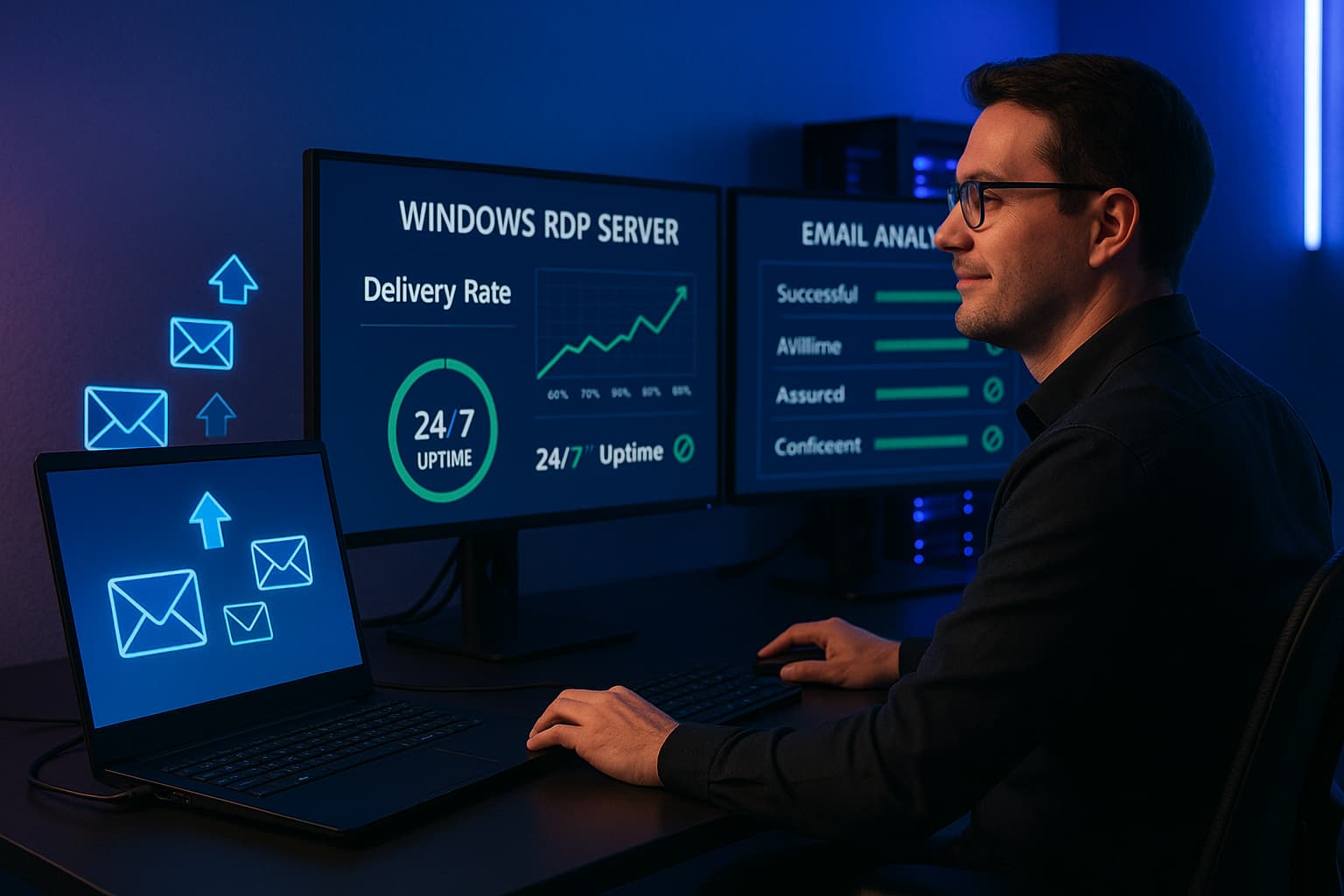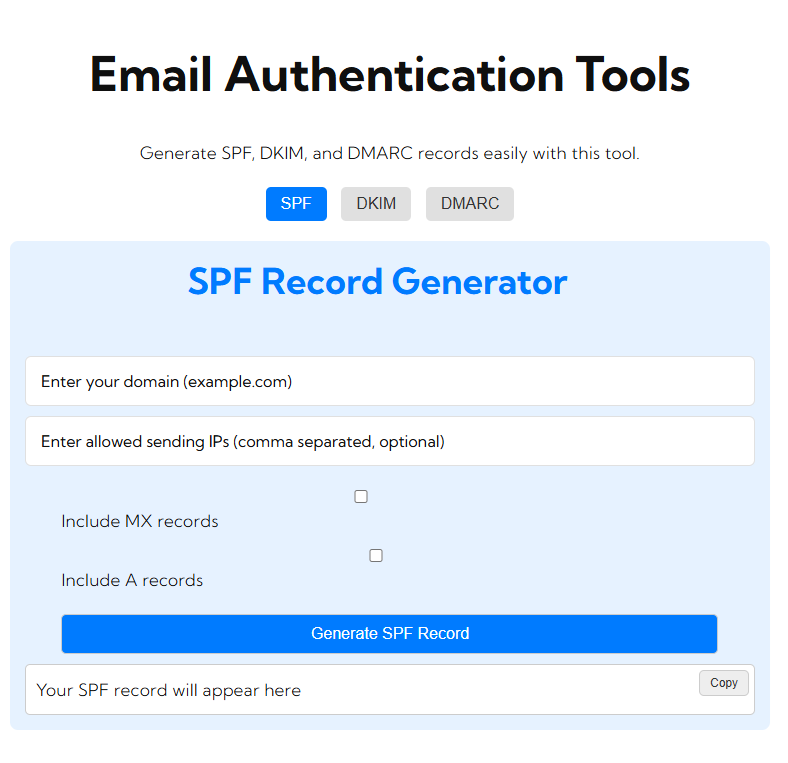The best alternative to dealing with a small-scale sending without investment in a paid solution is to find a free SMTP email relay service. A free SMTP relay service will work superbly in start-ups or small businesses, developers testing their ability to send emails, or indeed at no cost at all. This article presents some of the best free SMTP relay services available, how to set them up, and tips which make the most out of these services.
What Is An SMTP Email Relay Service?
An SMTP relay service allows you to forward emails from your server through a third-party email server. These services basically act as middlemen that help get your emails to the recipients; therefore, they ensure reliable delivery, reduced flagging by spam, and often provide better analytics.
Here are some of the best free SMTP relay providers that you might use:
- Gmail SMTP Server
- SMTP Server: smtp.gmail.com
- Port: 587 (TLS), 465 (SSL)
- Limits: 100-150 emails per day for free users.
- Authentication: with Gmail username and password.
- Setup Instructions: To use Gmail’s SMTP, “Less Secure Apps” should be enabled under Google account settings or an App Password needs to be used if two-factor authentication is turned on. This service also efficiently supports low-volume email sending.
- Sendinblue
- SMTP Server: smtp-relay.sendinblue.com
- Port: 587
- Daily Limit: up to 300
- Features: Email templates, marketing automation, and analytics.
- Get Started: Sign up for free on Sendinblue, then verify the activation link in your email and set up the SMTP server. This service is suitable for any business that has high transactional email requirements.
- SendGrid
- SMTP Server: smtp.sendgrid.net
- Port: 587
- Limits: 100 messages per day (3,000 within the first 30 days)
- Features: Robust analytics and very scalable infrastructure.
- Setup: Create a free account, generate an API key, and use that API key in your SMTP settings as authentication. Developers really love SendGrid for its great API and deliverability.
- Mailgun
- SMTP Server: smtp.mailgun.org
- Port: 587
- Restrictions: 5,000 free emails for three months.
- Features: Suitable for transactional emails and API-based integration.
- Getting Started: Create an account, verify your domain, and get your SMTP details. Mailgun provides very technical documentation to make easy integration with their services in most of the programming environments.
- Mailjet
- SMTP Server: in-v3.mailjet.com
- Port: 587
- Limits: Sending as many as 200 emails per day.
- Benefits: Email templates, marketing tools, and much more.
- How to Use: Create a free account with Mailjet. You can then get your API key and secret, setting up your server settings from there. Perfectly great for the new email marketer who looks for easy tools to get started.
How to Setup an SMTP Relay Using Free Services
Here is a basic setup guide for setting up any of these SMTP services with your email client or application:
- Get SMTP Server Info: Obtain the server name/address, port number, user ID, and password from the service you have chosen.
- Configure Your Email Client or Application: Open your email client or app’s settings and enter the SMTP details.
- SMTP Server: smtp.example.com
- Port: 587 (or as your provider specifies)
- Authentication Method: Username and password
- Activate TLS/SSL Encryption: Ensure that your client is properly configured to use TLS or SSL for encryption of the communication.
- Test sending email: Send a test email to verify everything works right. Check the mailbox and spam folder to verify delivery has been made.
Tips on Use of Free SMTP Relay Services
- Watching Your Sending Limits: Free SMTP services have strict daily or monthly limits. Pay attention to these to prevent your account from becoming temporarily unavailable.
- Check Deliverability: Free services might have a lower deliverability rate compared to paid ones. Test them to ensure your emails reach the recipient’s inbox and don’t get filtered into a spam folder.
- Domain Verification: Verify your domain with the SMTP service to improve your sending reputation and delivery rates for your emails.
- SPF and DKIM Configuration: Configure your domain with SPF and DKIM records to avoid emails being accidentally marked as spam.
FAQs
- Q: What happens if I exceed my daily allowance on a free SMTP service?
- A: Most providers will temporarily lock your account or slow down the delivery of emails. Upgrading to a paid plan is recommended if you frequently exceed the limits.
- Q: Can I use a free SMTP relay for mass email marketing?
- A: No, free SMTP relays are generally not suited for mass email marketing. For bulk email campaigns, consider using services like MailChimp or ConvertKit.
- Q: Is my SMTP relay secure?
- A: Yes, but always use TLS/SSL encryption, avoid exposing login credentials, and implement SPF, DKIM, and DMARC for better domain reputation.
Conclusion
A free SMTP email relay can be a convenient solution for small-scale emailing and testing. All the mentioned services—Gmail, Sendinblue, SendGrid, Mailgun, and Mailjet—are reliable options for low-volume use. Understanding their limitations and setting up proper security measures ensures your emails are delivered safely and efficiently.






